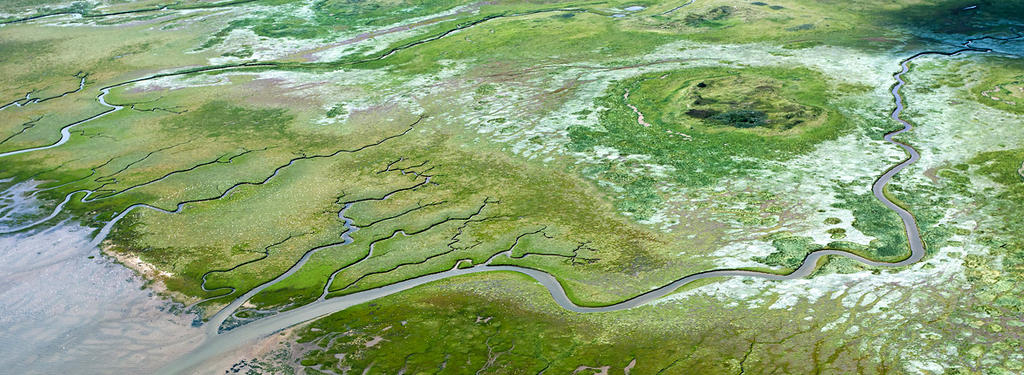Experience the Wadden Sea in the land of mills and polders.
The Dutch section of the Wadden Sea World Heritage lies between the Marsdiep off Den Helder and the Dollard in Groningen. From the tidal area outside the dikes with its salt marshes and Wadden plains, to the open polder landscape inside the dikes with its vast fields, former seawalls and historic farms – there is no shortage of attractions to keep you busy in this part of the Wadden Sea World Heritage.
Whether you visit the endless miles of sandy beaches at Kop van Noord-Holland; marvel at the sights of Friesland, declared the most beautiful province in the Netherlands; or discover the Groningen Wadden coast, characterised by openness, tranquillity and space, you’re never far from spectacular nature.
Find out about Dutch fascination with wind and water, admire a long history of marsh and fenland reclamation, and step on ancient earth dwelling mounds (terp) constructed on land that was subject to frequent floods before dike building began.
And be sure to spend some time on one of the Dutch Wadden Sea Islands, still influenced by the daily ebb and flood, sand and water. Choose between Schiermonnikoog, Ameland, Terschelling, Vlieland and Texel, known as the five pearls in the north of the Netherlands – you are simply spoilt for choice.







